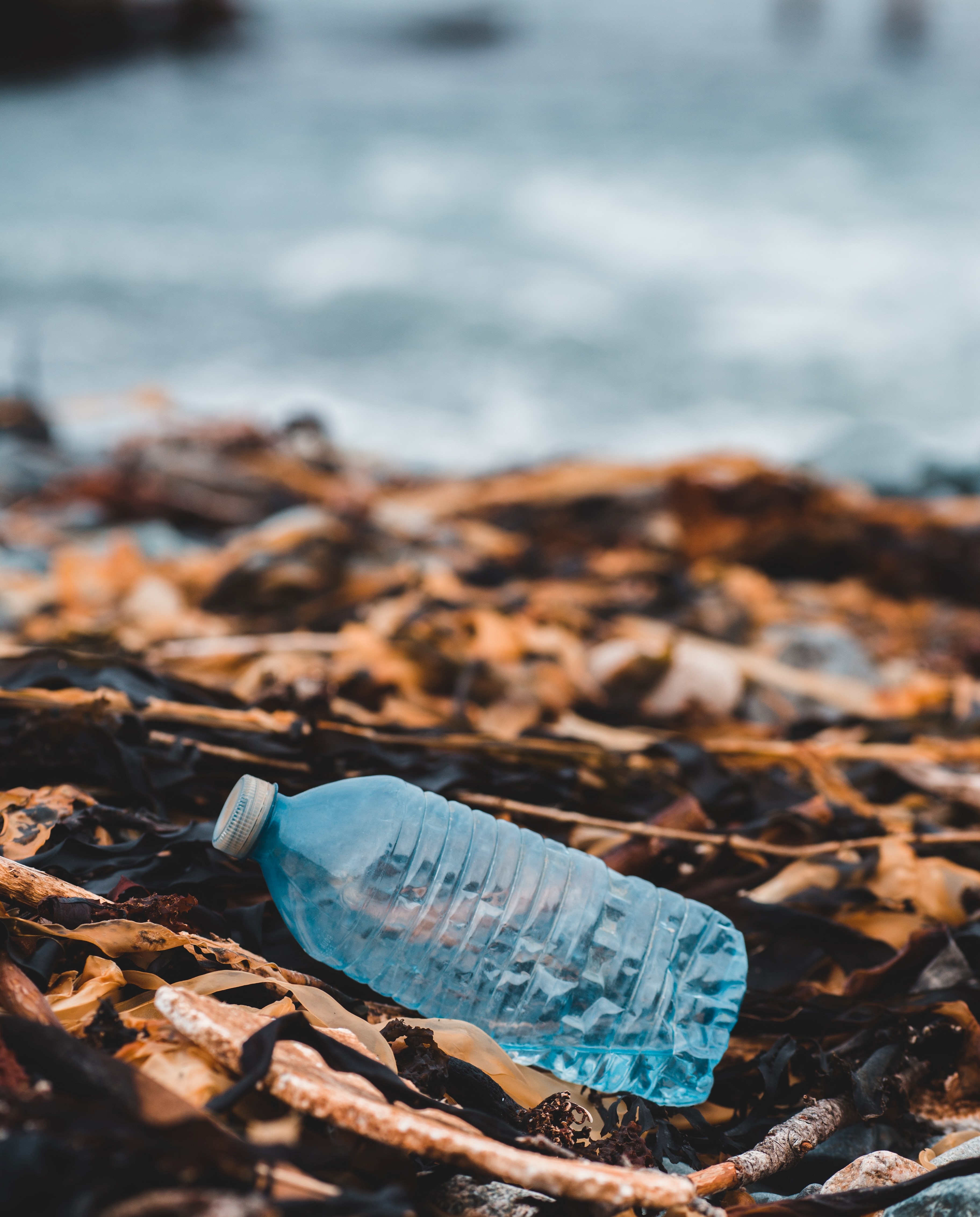If the world turns a blind eye to the climate crisis, as the recent Netflix smash Don’t Look Up, suggests, then we are in for a hot ride. The world is heating up faster than at any point in recorded history. Action is needed.
One part of the solution is for companies to find new ways to make things with less environmental impact. Another is for people to minimise consumption and get better utility from the things they use. Combined, these offer an ‘Un-Manufacturing’ opportunity that provides people with the things they need without adding to the factors driving climate change.

Manufacturing businesses in the USA annually generate approximately 7.6 billion tons of waste. With COVID-19, the volume increased as pandemic waste, which includes disposable masks, gloves, respirators, and their packaging, were added to the list. Suspension of waste collection activities due to lockdowns exacerbated the problem. Panic buying, increased use of single-use plastic, and disruption to the recycling industry all added waste during the last two years.
Natural resources are being depleted at an alarming rate. Mining and forestry to extract raw materials degrade and pollute the environment. Refining, processing, and transportation of those components put further pressure on our ecosystem. Our current style of production, consumption, and disposal have become unsustainable. We need to rethink how we manage and dispose of waste.
The global waste recycling services industry was valued at $54.39 billion in 2020. It is predicted to increase at a compound annual growth rate of 5.2% from 2020 to 2028. Demand will be driven by:

Just 14% of the world’s plastic is recycled. The remaining 86% ends up in oceans even though its low cost and versatile nature make it usable in the textile and footwear industry, among others.
Adidas, in partnership with Parley For The Oceans, is using recycled plastic bottles to produce sneakers. In 2017, the Parley footwear brand sold approximately one million pairs. The Adidas Z.N.E sportswear range is made from plastic yarn. Reebok meanwhile is replacing plastics with renewables in its Cotton + Corn campaign.
The textile giant, Levi’s has introduced the mantra of ‘Buy better. Wear longer’. The brand uses innovative technologies such as Cottonized Hemp and Levi’s WellThread. With the introduction of its ‘Water<Less’ technology in 2011, it has saved 4.2 billion litres of water and recycled around 9.6 billion litres. It introduced SecondHand in the USA in 2020 to extend product lifecycle and offer customers vintage styles. By 2025, Levi’s aims to use 100% sustainably sourced cotton. Other goals include a 40% reduction in greenhouse gas emissions in the supply chain and 50% reduction in water usage in manufacturing.
In the automobile sector, BMW recycles around 95% of the materials that it generates throughout its factories. Using recycled components lowers CO2 emissions and reduces the need to extract new raw material. By working with suppliers to design products, such as returnable shipping containers it eliminates packaging materials. BMW’s cars are made from 85% recycled materials.
Apple recycles old iPhones and other gadgets as long as they are serviceable. Phones are disassembled to recover usable parts.
The snacks brand, Walkers launched a recycling scheme in which they shred their chips packets to create other plastic products such as outdoor furniture, flooring, and trays.
In India, Paperman, established in 2010, provides on-demand doorstep recycling to directly connect people with local ragmen who collect and sell their waste. The company uses the profits to support NGOs. Saahas Zero Waste in Bangalore handles bulk waste generated by companies. Around 53,000 kilograms of waste is diverted from landfills every day and recycled to create merchandise.
Europe and North America, with stringent regulations and superior infrastructure, have better facilities to deal with waste. Germany has the highest recycling rate in the world, closely followed by South Korea, Austria, and Wales. Each recycles around 52% of its municipal garbage. For the USA, the number is 34.3%.
The Mura Cascade project, started in November 2021, by the Washington Economic Development Finance Authority, aims to convert 130,000 tons of plastic waste into 100,000 tons of petrochemical ingredients.
The Louisiana Local Government Environmental Facilities and Community Development Authority started the American Biocarbon project to fund a biorefinery to turn sugarcane waste into soil additives and fuel pellets.
Belfast-based GO Lab secured financing in December 2021 to transform a former Madison Paper Industries mill into a wood-processing facility. It plans to recycle wood chips into insulation material.
Recycling is a rising trend and a foundation stone of the circular economy built on the three pillars of ‘reuse, reduce, recycle’.
Some places already incentivise citizens to recycle and offer rewards to households and waste producers. Hong Kong’s GREEN$ is a case in point. But the economic benefits are potentially much larger when incentives extend to companies too.
Cities, and regions that embrace ‘Un-Manufacturing’ attract innovative companies and well-paid jobs. The US Recycling Economic Information Study reports more than 56,000 recycling facilities in the country. They employ approximately 1.1 million people and generate $236 billion annually. The study notes that wages in the recycling industry are higher than the national average.
Acting in consort, local authorities and enterprises can do much to reduce the use of new raw materials and promote economic activity. By doing so they might just extend the life of our home planet.
